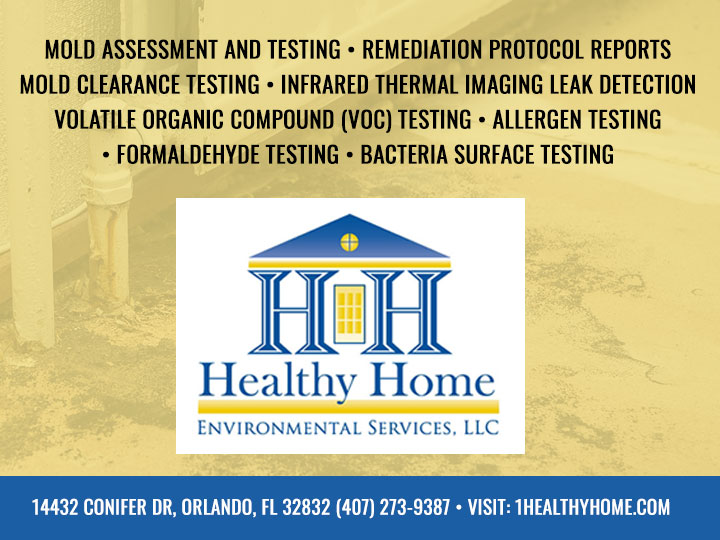How Mycotoxin Testing Assists Stop Contamination and Guard Food Supplies

Mycotoxin testing is an important technique in the food market, offering as a frontline protection against contamination by dangerous toxins created by mold and mildews. Through the application of advanced strategies like High-Performance Liquid Chromatography (HPLC) and Liquid Chromatography-Mass Spectrometry (LC-MS), food manufacturers can accurately find and evaluate mycotoxin degrees in farming products.
Comprehending Mycotoxins
Recognizing mycotoxins starts with recognizing that they are harmful additional metabolites created by particular mold and mildews, which can infect farming products. These metabolites are not important for the growth or reproduction of the fungi but can have severe effects for human and animal health and wellness. Mycotoxins are commonly located in staple plants such as corn, wheat, barley, and nuts, where they can multiply under certain conditions of wetness and temperature.
There are a number of types of mycotoxins, each generated by different fungal species. Fusarium species generate fumonisins and trichothecenes, both of which are connected with numerous severe and chronic wellness problems.

Risks of Mycotoxin Contamination
The risks of mycotoxin contamination are complex, positioning significant dangers to both food safety and public wellness. Mycotoxins, harmful substances generated by specific kinds of fungi, can infect a large array of agricultural items including grains, nuts, flavors, dried out fruits, and coffee.
Financial impacts are an additional major worry. Contaminated crops can cause considerable economic losses for farmers and food producers as a result of reduced yields and the demand for costly purification measures. Global profession can be significantly prevented as countries impose stringent mycotoxin laws to protect their populations, leading to turned down deliveries and stretched trade relations.
Environmental variables such as environment change exacerbate the risk of mycotoxin contamination. Variations in temperature and humidity can produce desirable problems for fungal development, raising the probability of contamination occasions. Thus, understanding and reducing these dangers are important for guaranteeing the safety and security and honesty of worldwide food products.
Approaches of Mycotoxin Testing
Accurately identifying mycotoxin contamination in farming items is crucial for safeguarding public health and maintaining food safety standards. Various methods are used to identify and evaluate mycotoxins, each offering details benefits and restrictions.
High-Performance Liquid Chromatography (HPLC) is a widely made use of technique due to its high sensitivity and accuracy. It includes separating mycotoxins from other materials in an example, allowing accurate metrology. Liquid Chromatography-Mass Spectrometry (LC-MS) incorporates fluid chromatography with mass spectrometry to supply comprehensive molecular information, making it specifically helpful for identifying numerous mycotoxins at the same time.

Gas Chromatography-Mass Spectrometry (GC-MS) and Thin-Layer Chromatography (TLC) are also employed, each with special applications. GC-MS works for unstable mycotoxins, while tender loving care provides a simpler, affordable alternative for preliminary testing.
Advantages of Routine Checking
Routine screening for mycotoxins in farming items uses many advantages, substantially adding to public health and food safety. By recognizing contamination early, routine screening aids stop the distribution of harmful foods, thereby reducing the threat of mycotoxin-related health problems among consumers. This aggressive technique not only safeguards human health but additionally improves the overall top quality of food products.
Constant testing additionally supports governing conformity. Different nations and areas have developed rigid limits for mycotoxin degrees in food and feed. Complying with these restrictions with normal testing ensures that providers and manufacturers satisfy lawful requirements, therefore preventing fines and trade obstacles. Maintaining compliance cultivates consumer depend on and brand name credibility, which are essential for market success.
Additionally, routine mycotoxin screening can bring about considerable financial advantages. Early discovery of contamination enables timely intervention, decreasing prospective losses from prevalent contamination. Applying normal testing protocols can also click to read decrease recall prices and related liabilities, which can be financially ravaging.
Additionally, regular screening gives beneficial information that can notify far better agricultural practices and storage problems. By recognizing patterns of contamination, manufacturers can take on safety nets, therefore lowering future threats and adding to the sustainability of the food supply chain.
Implementing Examining Methods
Implementing reliable mycotoxin testing protocols is critical for making sure the security and top quality of farming products. Each stage should be looked at to identify where mycotoxin contamination is most likely to occur.
When crucial control points are identified, picking suitable screening techniques is essential. Usual techniques consist of enzyme-linked immunosorbent assay (ELISA), high-performance liquid chromatography (HPLC), and mass spectrometry (MS) Each technique has its weaknesses and strengths; hence, picking the appropriate one relies on the particular mycotoxin being examined, the required level of sensitivity, and available resources.

Finally, integrating the screening protocols right into a detailed food safety monitoring system is recommended. This enhances traceability and enables speedy restorative activities when contamination is identified, thus safeguarding the stability of the food supply chain.
Conclusion
Mycotoxin screening is important in protecting against contamination and protecting food products by allowing very early detection of unsafe toxins generated by molds in farming products. Advanced approaches such as HPLC and LC-MS ensure conformity with safety policies and shield consumers from health and wellness threats. Routine screening enhances brand online reputation, economic stability, and count on food safety by lessening contamination-related losses and Our site keeping high standards in food production. Applying strenuous testing procedures is therefore essential for the market's overall health.
Mycotoxin screening is a crucial technique in the food industry, serving as a frontline protection versus contamination by damaging contaminants generated by mold and mildews. An incorporated technique including farming methods, storage management, and regular testing can minimize the threats linked with mycotoxin contamination, making sure food security and public health and wellness.
The threats of mycotoxin contamination are diverse, positioning significant threats to both food safety and security and public wellness.Routine testing for mycotoxins in farming items uses various benefits, dramatically adding to public health go now and wellness and food safety and security.Mycotoxin testing is vital in avoiding contamination and safeguarding food products by allowing early discovery of damaging toxins generated by molds in farming products.